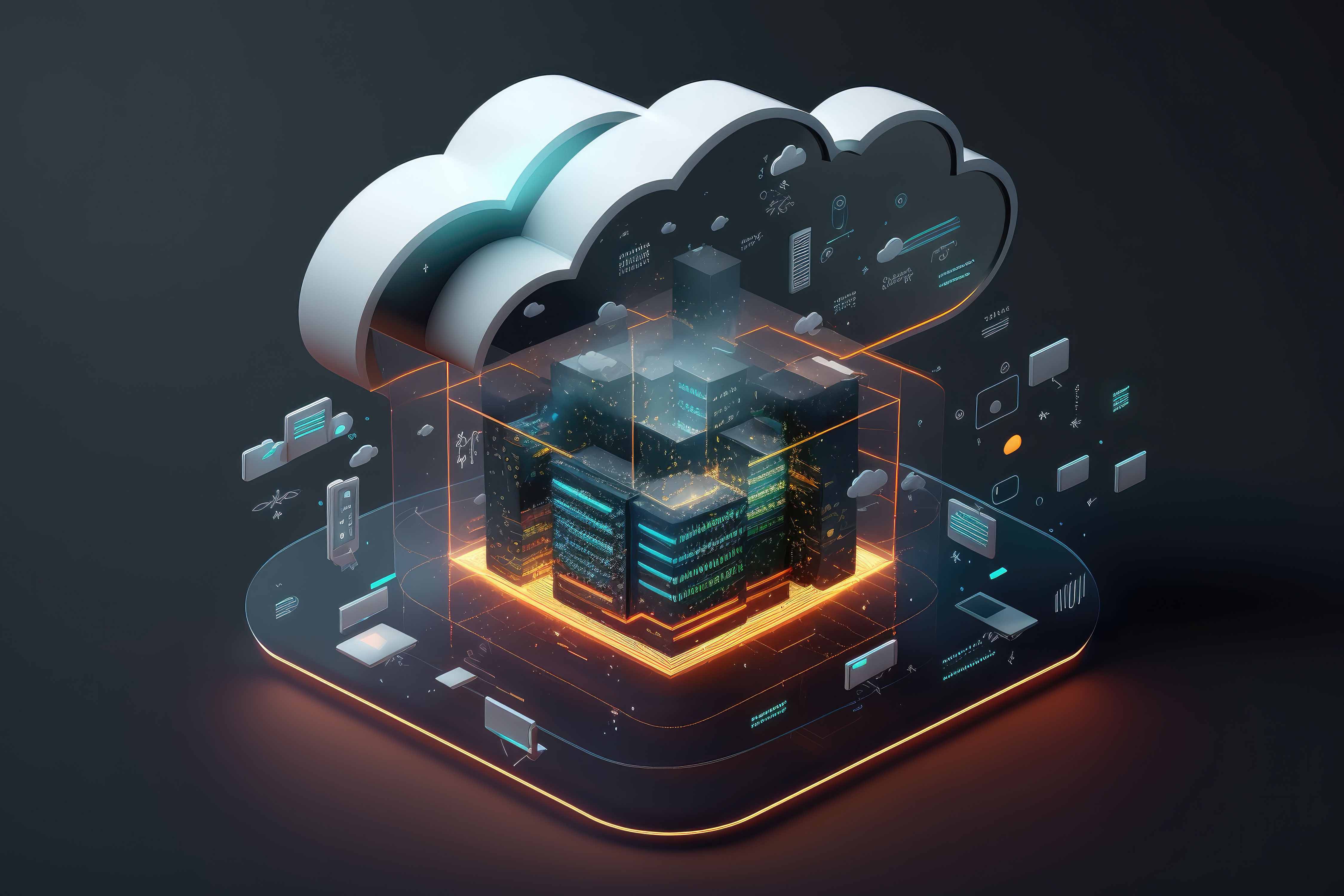-
What Challenges Are Associated With Integrating Legacy Systems Into A Data Lake?
What Challenges Are Associated With Integrating Legacy Systems Into A Data Lake?In todays fast-moving business arena, data is at the heart of every successful business. As technology evolves and data continues to grow, many organizations are faced with the challenge ...
-
How Can Data Lakes Support Real-Time Analytics And Decision-Making?
How Can Data Lakes Support Real-Time Analytics And Decision-Making?Todays tech-fueled world business environment, the ability to make real-time decisions based on data analytics is crucial for staying ahead of the competition. Data lakes have emerged as a valuable tool for ...
-
How Do Cloud-Native Tools Simplify Data Lake Management?
How Do Cloud-Native Tools Simplify Data Lake Management? Cloud-native tools simplify data lake management by efficiently storing, managing, and retrieving large volumes of data in a cloud-based environment. These tools are specifically designed to operate in the cloud, leveraging scalability ...
-
What Are The Security Implications Of Connecting Multiple Sources To A Data Lake?
What Are The Security Implications Of Connecting Multiple Sources To A Data Lake?Service discovery within a secure and compliant platform. Key features include: advanced search capabilities for structured, semi-structured, unstructured data, search results enrichment with business glossary and metadata, crawl ...
-
What Role Does Data Transformation Play In Populating A Data Lake?
What Role Does Data Transformation Play In Populating A Data Lake?As a tech blog writer with a degree in computer science, I have always been fascinated by the importance of data transformation in populating a data lake. The ability to ...
-
How Can Metadata Management Improve Data Lake Performance?
How Can Metadata Management Improve Data Lake Performance?As businesses continue to expand their data lakes to accommodate the ever-increasing amount of information generated daily, the importance of effective metadata management cannot be overstated. How can metadata management improve data lake ...
-
How Does Iot Contribute To Data Lake Population?
How Does Iot Contribute To Data Lake Population?As a seasoned tech professional with years of experience in AI and machine learning, I have seen firsthand the exponential growth of data in todays fast-moving business arena. The influx of data from ...
-
How Does Apache Kafka Facilitate Data Ingestion Into A Data Lake?
How Does Apache Kafka Facilitate Data Ingestion Into A Data Lake?We live in a tech fueled ever expanding globe, the ability to efficiently and effectively ingest large volumes of data into a data lake is crucial for business success. Apache ...
-
What Are The Differences Between Data Lakes
What Are The Differences Between Data LakesWhat Are The Differences Between Data Lakes?This is a question that many organizations are asking as they grapple with the massive amount of data being generated and need efficient ways to store, manage, and ...
-
Data Lake Best Practices
Data Lake Best Practices Data lake best practices are essential for any organization looking to effectively manage and analyze their data. But what exactly are data lake best practices, and why do they matter?Data lake best practices refer to the ...
-
Data Partitioning In Lakes
Data Partitioning In LakesData partitioning in lakes is a crucial aspect of data management in todays digital world. It involves splitting large datasets into smaller, more manageable chunks to increase efficiency and performance. But why does it matter, and how ...
-
Open-Source Data Lake Tools
Open-Source Data Lake ToolsWhat is open-source data lake tools and why does it matter?Open-Source Data Lake Tools are software applications that allow companies to store and analyze large amounts of data in a cost-effective manner. These tools are crucial for ...











